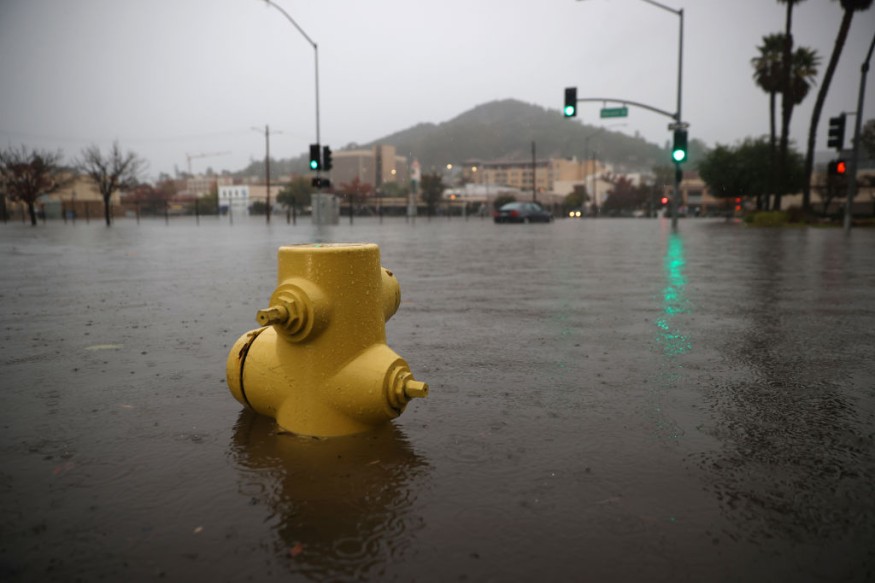Unsettled weather with a barrage of heavy rain and mountain snow will once again affect the Western United States, according to meteorologists.
At least two storms will hit the region aggravated by an atmospheric river persisting over the region.
There is a risk of flooding due to this weather event.
Unsettled Weather Forecast

The Western US will remain under unsettle weather with additional torrential rain and high elevation snow in the forecast, according to AccuWeather, whose meteorologists said multiple moisture-driven storms and waves of cold air mass will combine.
The combination of the said weather hazards will keep the region wet and cold until next week.
This comes as the fall season in the country is already in its last month.
Prior to the winter in December, power outages and flooding are possible in both urban and rural areas in the West.
What are Atmospheric Rivers?
According to the National Oceanic and Atmospheric Administration (NOAA), atmospheric rivers are long, narrow regions in the atmosphere that carry most of the water vapor outside the tropic region.
These vapor columns navigate with the weather, carrying an amount of water vapor approximately equivalent to the average water flow at mouth of the Mississippi River.
The NOAA added that these rivers in the sky often dump water vapor in the form of rain or snow when it makes a landfall.
For instance, the US agency cites that the same weather phenomenon previously fueled a storm over California.
Similar to storm and other weather systems, atmospheric rivers can create extreme rainfall and floodwaters when carrying large amounts of water vapor.
Science Behind Atmospheric Rivers
In recent months, US weather authorities and other weather forecasters have reported the recurring atmospheric rivers affecting Western US, particularly, the Southwest US as the weather event brought precipitation from the Pacific Ocean and the Gulf of Mexico.
It was also the same time period when the North American monsoon or tropical moisture drenched the region.
According to the NOAA, an atmospheric river or AR is officially known as a flowing column of water vapor in the atmosphere, responsible for generating significant rainfall or snowfall, particularly in the American West.
The coverage of a strong AR is capable of bringing moisture from the tropics near Hawaii and over to the US West Coast.
In late October 2021, the National Weather Service (NWS) reported a historic torrential rain and strong winds brought by an atmospheric river, which was driven by an early season storm in the Bay Area of California.
The mentioned driver of the AR was a deep low-pressure system, which generated large and powerful waves along the West Coast.
The Dangers of Atmospheric Rivers
The World Economic Forum stated that atmospheric rivers can be problem depending on the following circumstances:
- Atmospheric rivers can replenish water supplies and extinguish active wildfires during dry conditions.
- The weather phenomenon can cause damaging floods and debris flows, wreaking havoc on local economies during wet conditions.
- Research predicts these rivers in the atmosphere can cause an average economic cost of $1.1 billion in terms of flood damage year in the Western US.
The forum highlights that if an individual is asked what is the name of the world's largest river, one would say it is the Amazon, the Nile River, or Mississippi River.
However, the organization reiterated that the Earth's largest rivers are in the sky, which can produce powerful storms.
© 2025 NatureWorldNews.com All rights reserved. Do not reproduce without permission.





